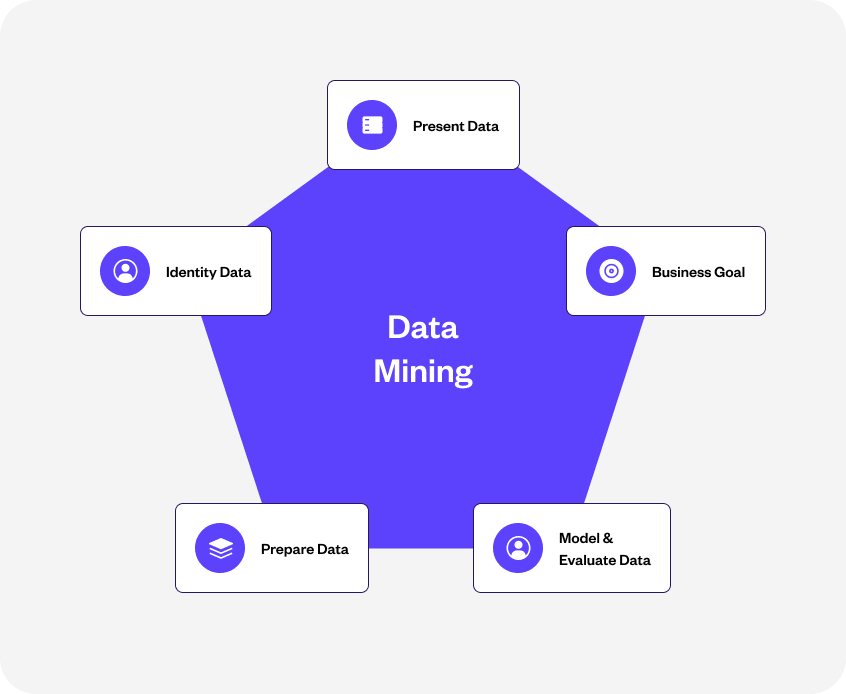Conversational AI transforms enterprises in all areas. To replicate human interactions and simplify the consumer and employee experience, conversational AI must be understood. Our beginners’ handbook is a one-stop shop. Continue for details.
Customer experience is no longer optional in today’s competitive industry if firms want to grow. Customers nowadays are tech-savvy and expect rapid assistance and service across physical and digital channels. Conversational AI helps drive outcomes and optimize expenses.
Next-gen chatbots, intelligent virtual assistants, and voice-enabled gadgets allow organizations to develop dynamic AI agents that interact with people like customer reps. This fact has helped customer service, sales & marketing, employee experience, and ITSM across sectors.
What is conversational AI?
In the cutting-edge science of artificial intelligence, the term “conversational AI” refers to the process of developing computer systems that are capable of having conversations that are interactive and resemble those of humans. It achieves extremely intelligent bots for text and voice channels by combining advancements in the fields of natural language processing, machine learning, and conversation management in a way that is harmonic and harmoniously blended. As a result of this, conversational artificial intelligence makes it possible for computers to comprehend and react to user inputs in a manner that gives the impression that they are having a conversation with another human being.
Today, conversational artificial intelligence is making it possible for organizations in a wide range of sectors to provide outstanding brand experiences across a multitude of channels, including websites, mobile applications, messaging apps, and many other platforms. In addition, this may be accomplished at a large scale, around the clock, and in the language of the user’s choice, all without the need to invest endless hours in instruction and the recruitment of extra personnel. Not only that, but the majority of conversational AI systems also allow self-service customer support capabilities, which provides consumers with the ability to acquire resolutions at their own speed and from any location.
Conversational artificial intelligence enables businesses of any size to increase their return on investment (ROI), increase customer pleasure, and bolster client loyalty via the implementation of data-backed strategies, the anticipating of consumer demands, and hyper-personalized communications. Conversational artificial intelligence not only streamlines operations, but it also enhances customer support procedures, greatly boosts the outcomes of marketing activities, and eventually adds to the overall development and success of a company.
Why is conversational AI necessary for your business in 2024?
The use of conversational artificial intelligence is rapidly becoming an indispensable tool for companies of all sizes. How come? mainly due to the fact that it may assist your company in providing a better experience for both your employees and your customers, streamlining your processes, and even gaining an advantage over your rivals.
- Today’s consumers want rapid satisfaction and individualized attention, both of which may be provided with conversational artificial intelligence.
According to a survey by Oracle, 80% of businesses want to use chatbots or virtual assistants by the year 2024. - Using conversational artificial intelligence, organizations are able to deliver service to customers around the clock, personalized to their specific requirements, hence avoiding lengthy wait times and tedious phone trees.
The research firm Gartner forecasts that by the year 2023, twenty-five percent of customer care and support operations will have used chatbot or virtual customer assistant (VCA) technology. - Businesses are able to make choices based on data, develop their goods, and more effectively target their marketing efforts when they successfully use conversational artificial intelligence.
By 2023, it is anticipated that the size of the worldwide market for conversational AI would reach 32 billion dollars. The Allied Market Research Company - An rise in revenue and an improvement in customer satisfaction are both potential outcomes of using conversational AI.
126 million individuals in the United States are expected to use voice assistants at least once per month, according to eMarketer’s forecast. (An electronic marketer)
Conversational AI components
Conversational artificial intelligence is a combination of many cutting-edge technologies, including as natural language processing (NLP), machine learning, and others, that enables bots to not only comprehend what people are saying but also reply to them in a manner that is similar to how humans would.
Throughout the whole of the procedure, there are four essential components that are essential:
1. Machine learning
The first kind of artificial intelligence is known as machine learning (ML), and it is a subfield of AI that employs a wide variety of intricate algorithms and statistical models to recognize patterns within enormous data sets and, as a result, to generate predictions. Machine learning is essential to the success of any conversational artificial intelligence engine because it allows the system to continually learn from the data it collects and may improve its grasp of human language as well as its responses to it.
An example of machine learning that is often used is image recognition technology. This technology allows a computer to be taught to recognize photos of a certain subject, such as a cat, based on particular visual characteristics. Speech recognition, natural language processing, and autonomous vehicles are just few of the applications that make use of this methodology. Because it can solve difficult issues without being explicitly programmed, machine learning is a powerful tool that can be used in a variety of different sectors. This is the major advantage of machine learning.
2. Natural Language Processing (NLP)
The second step is natural language processing (NLP), which entails transforming unstructured data into a machine-readable format and then processing that data to produce the appropriate response. Natural language processing (NLP) enables conversational AI engines to comprehend user input and provide responses that are pertinent to that input. Input creation, input analysis, syntactic and semantic analysis, and output transformation are the five primary activities that make up this system from start to finish. NLP is a process that consists of numerous processes, including the following:

- A text is broken down into individual words or phrases, which are referred to as tokens, in order to do lexical analysis.
- An understanding of the connection between words and phrases in a sentence, as well as a study of the meaning of the text, are comprised of the concepts of syntax and semantic analysis.
- The examination of the emotional tone of a text, such as whether it is good, negative, or neutral, is referred to as sentiment analysis.
- Output transformation, which depends on the input or context given, creates a language similar to that of humans.
3 The mining of data
The third element, also known as data mining, is used in conversational artificial intelligence engines for the purpose of identifying patterns and insights from conversational data. These discoveries may be utilized by developers to increase the operation of the system. In contrast to machine learning, which is primarily concerned with making predictions based on the most current data, it is a technique that is used to determine qualities that are unknown.

Customer segmentation is a commonly used example of data mining in artificial intelligence. Artificial intelligence systems are able to recognize trends and categorize consumers into different groups based on their tastes and habits by evaluating customer data such as purchase history, demographics, and data about their online conduct. This opportunity for firms may help them better understand their clients and concentrate their marketing efforts.
4. Automatic Speech Recognition (ASR)
The last element of artificial intelligence for voice-based discussions is automatic speech recognition (ASR). Conversational artificial intelligence engines are able to comprehend human voice inputs, eliminate background noise, use speech-to-text to derive the inquiry, and mimic a response that is similar to that of a human counterpart. Assisted speech recognition software may be divided into two categories: guided dialogue and natural language chats.
A voice-to-text dictation tool is an example of an artificial intelligence that is capable of holding a sophisticated conversation in action. This technology enables users to dictate their messages vs typing them out. People who have trouble typing or who need to transcribe vast volumes of text in a short period of time may find this to be an exceptionally beneficial tool.
In general, the combination of these four elements results in an AI engine that is capable of participating in conversation. In addition to comprehending and responding to human language, this engine is able to learn from its experiences and offer more accurate responses in future exchanges. Effective conversational artificial intelligence systems may be developed by enterprises with the correct mix of these components. These solutions have the potential to enhance consumer experiences, cut expenses, and propel corporate development.
Conclusion
In conclusion, conversing AI systems could change many fields for the better. These AI systems can have good talks with people because they use natural language processing, machine learning, deep learning, and neural networks. Not only can they understand and reply to human words, but they can also learn from other people and get better over time. Businesses can make powerful talking AI systems that improve the customer experience, cut costs, and help the company grow if they use the right mix of these factors. Conversations driven by AI look like they will be around for a long time, and companies that use this technology will be able to stand out in the market.
 Data Science in Digital Marketing Data Science in Digital Marketing: Mechanism Examples, Benefits Data Science Meets Digital Marketing Magic
Data Science in Digital Marketing Data Science in Digital Marketing: Mechanism Examples, Benefits Data Science Meets Digital Marketing Magic
